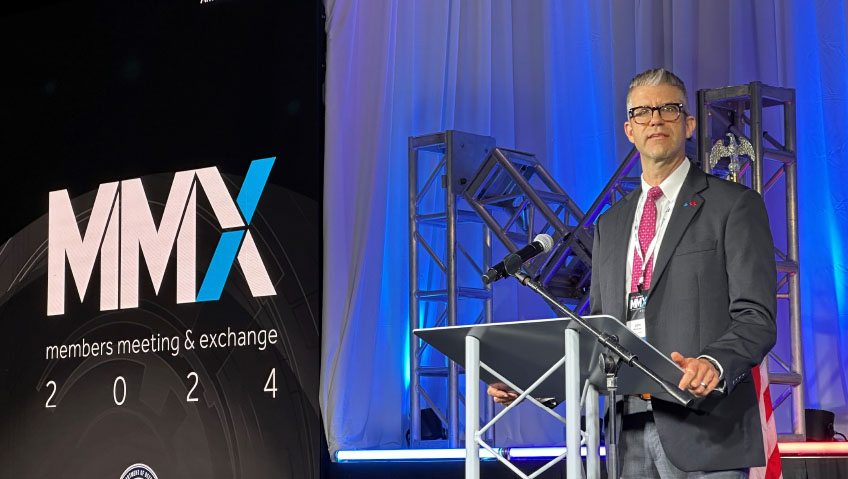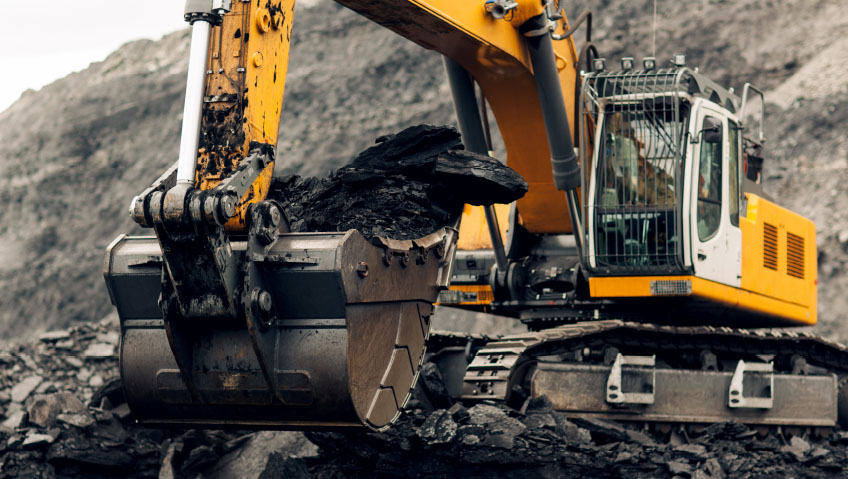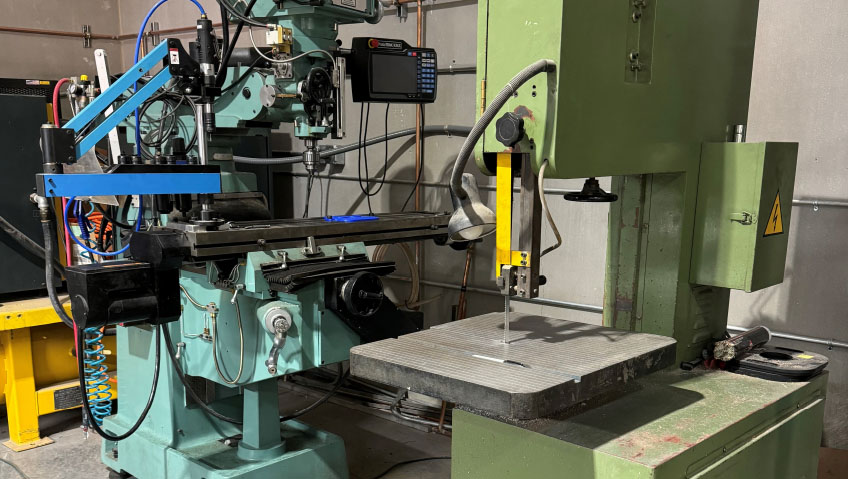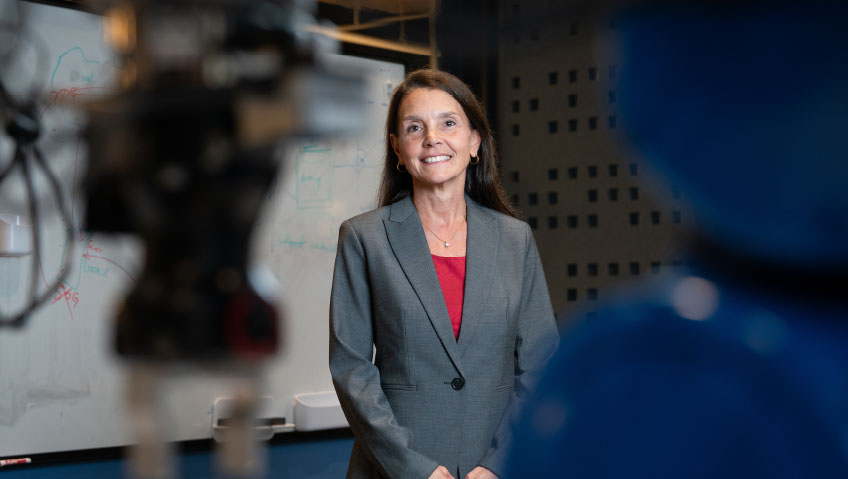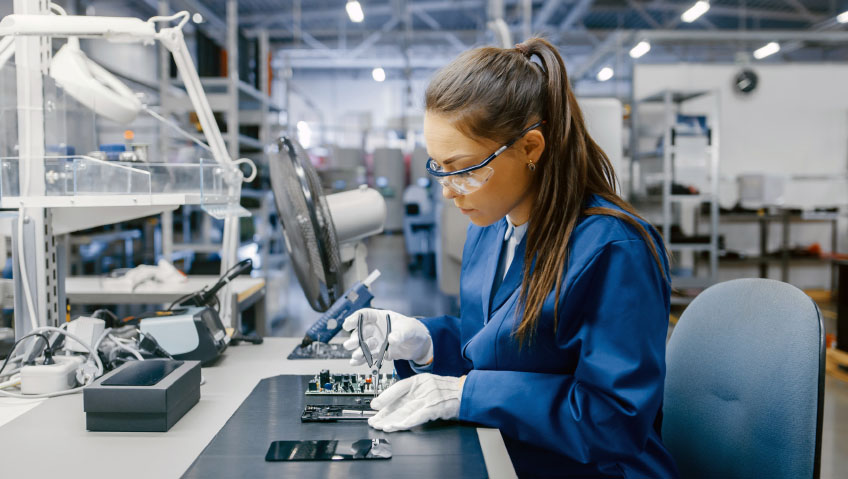With over 300 members, America Makes is a public-private partnership that has established a unique approach to accelerating the development and adoption of additive manufacturing (AM) for a stronger manufacturing future in the United States.
Since 2012, America Makes has led a consortium of government, educational institutions, and small, medium, and large businesses, all of whom have a stake in the advancement of AM. Each serves as a critical access point for the organization to understand the needs and priorities of the sector, informing its strategy and coordinating action. At present, there are over 80 active America Makes programs, adding to a list of more than 300 programs that have been supported throughout the organization’s history, all of which are directed toward advancing additive manufacturing and communicating its many advantages.
“It’s about moving further and further out from this center of knowledge that we have today, increasing awareness and providing education in the form of ‘What is this technology, how do I use it, where does it fit into my business case and what are the techno-economics of it?’” says Executive Director John Wilczynski of his mission and strategy at America Makes.
The strategy
First established as the National Additive Manufacturing Innovation Institute, the overarching goal of America Makes is to accelerate the adoption of AM in the interest of greater economic competitiveness and security in the United States.
The success of America Makes laid the foundation, in a program called Manufacturing USA, for the establishment of 17 manufacturing innovation institutes in the U.S. which are overseen by various government departments including the Departments of Defense, Energy, and Commerce. According to Wilczynski, “This initiative was necessary in the U.S. to address some existing market failures and shortcomings, so, generally speaking, trying to address global competitiveness and where the U.S. stood with regard to advanced manufacturing.”
AM, also commonly referred to as three-dimensional (3D) printing, is a series of technologies that create 3D objects one layer at a time using digital designs that have been sliced into layers to be replicated by the printing process, depositing and solidifying material, layer by layer, to the desired shape—hence “additive” manufacturing. The process creates complex geometries more efficiently and effectively than traditional manufacturing processes, with the capacity to reduce component weight while offering greater flexibility and speed, competitive advantages that cannot be ignored, particularly for industries like manufacturing, aerospace, automotive, and healthcare.
Given the scope and reach of AM and that this represents only a fraction of its capabilities as a technology still under development, America Makes has the enormous task of sharing these ever-evolving technologies with the AM ecosystem and the world, while the body of knowledge and the various applications continue to grow.
“We need to let that knowledge proliferate into the ecosystem somehow while we’re moving onto the harder things that nobody has solved yet, and so being at different stages of adoption is a huge challenge,” says Wilczynski. He also acknowledges that while the technology is capable, it can’t do everything, nor is that anyone’s intent.
“This is about making sure that the ‘additive’ body of knowledge across technology, and the business case and everything that goes into the end value chain, is accessible and attainable for more and more people,” Wilczynski says.
A resilient ecosystem
Manufacturing is a localized process that has regional and national implications, just as the conditions of the region and country will have an impact on manufacturing operations at the local level. This ecosystem is one that America Makes seeks to strengthen and grow.
“Of course, we have amazing manufacturing regions in our country, and you can’t just run an ecosystem of one particular region; you need to embed your concepts, frameworks, roadmaps, and all your tools in those regions where they’ll be used,” says Ecosystems Director Kimberly Gibson.
With any manufacturing ecosystem, some challenges must be overcome to grow the sector and its economic impact—chiefly the question of human resources and ensuring that adequate numbers of skilled workers are available to sustain the growth that’s being targeted. According to the U.S. Chamber of Commerce, manufacturing represents 45 percent of all unfilled job openings in the country, a total of more than 615,000 job opportunities. What’s more, research by Deloitte found that one third of manufacturing employees are more than 55 years old, which means the dearth of workers is likely to worsen through attrition.
This is a major concern for all manufacturers. The AM industry is short of some 50,000 workers in the U.S., which means that workforce development and education have to be a major component of America Makes’ strategy.
“There are people who need training at various levels, so we do a lot to work on different pathways for learning and making those entry points as accessible as possible. We use the expression ‘From K to gray,’ so our approach is broad,” says Wilczynski.
America Makes is also interested in establishing industry-recognized credentials to ensure that skills and competencies are transferrable and accepted across applications, as there are many. This is where collaboration with the education system will be vital to success, now and in the future, to ensure that those talent pipelines stay flowing and relevant.
“The topic of ecosystem expansion is going to be critical for this to work and it’s really important that we’re building national programs, but it’s also very important that we’re working boots on the ground within regions to do this,” Wilczynski says of efforts to expand the reach and adoption of AM.
Industrializing the technology
A key part of ecosystem development and expansion is the dissemination of information including the transfer of knowledge and technology across the nation, but that’s not without its challenges. The rate of technological development in the AM space is rapid, despite the fairly long lead time for research and development, which means there is a need for patient capital and the ability to quickly and comprehensively communicate the advantages of the constantly advancing technology.
“You want to pull this new technology into different platforms, but you have to make sure the companies that develop the equipment and materials are still in existence by the time the world adopts it, because it’s very hard to be on the bleeding edge of something and stay alive—doing that thing that nobody wants to buy yet or don’t know they need yet or don’t yet crave,” explains Gibson.
Additionally, the work of America Makes has a lot to do with sharing what has been proven, supporting what is still to come, and communicating that message clearly to its members and the various sectors that will benefit.
Acknowledging that there are major advances in the size, speed, stability, and even cost of available systems, Gibson says, “We believe that ‘additive’ is key to manufacturing freedom and the ability to distribute that across the globe in various ways. We don’t believe additive will be used for everything; it just augments existing manufacturing.”
“We’re far beyond the thought that additive is for prototyping,” Wilczynski adds. “It is absolutely for that, but it’s for many more things. It’s widely used for tooling and things like that that support other manufacturing processes, and for direct part manufacturing. There are good use cases across that spectrum where, depending on who you are or what you do, you could apply the various toolsets of additive manufacturing based on what your needs are.”
The biggest challenge, then, is integration, which will be a big part of the organization’s role in the future as it continues to forge a path forward for the AM ecosystem. “We’re very much about raising the overall capability of the U.S. manufacturing base, and doing that is a bit of a different model, but we’ve been able to show significant impact and we’ve paved the way for a lot of other technologies at the same time,” says Wilczynski.
To be sure, there are exciting times ahead. What Wilczynski says about the goals of the organization speaks volumes about America Makes and the impact it seeks for the transforming—and near-limitless—potential of additive manufacturing in the United States.

